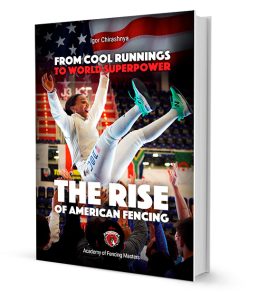As your child advances and grows within the sport of fencing, they will encounter physical and mental hurdles that will be difficult, but not impossible to overcome. They will become stronger. They will become more competitive. But surprisingly, there is one hurdle...










